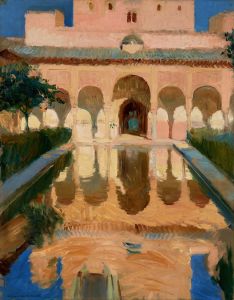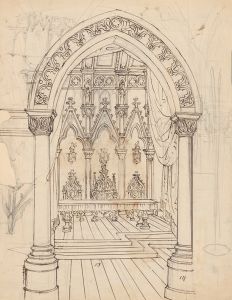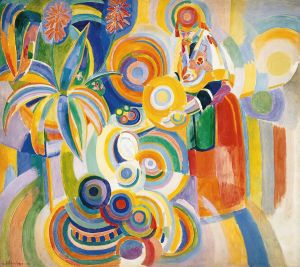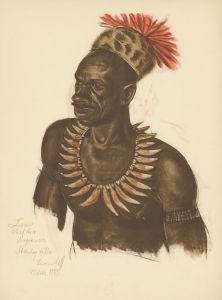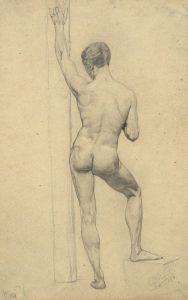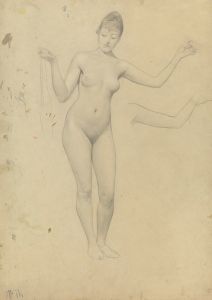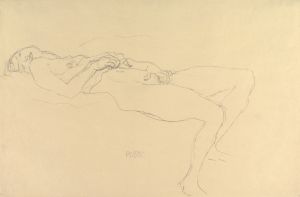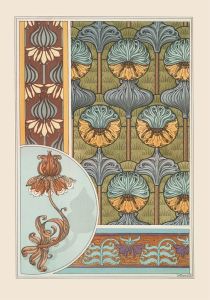
Table delights, Study for the city theatre in Karlsbad
A hand-painted replica of Gustav Klimt’s masterpiece Table delights, Study for the city theatre in Karlsbad, meticulously crafted by professional artists to capture the true essence of the original. Each piece is created with museum-quality canvas and rare mineral pigments, carefully painted by experienced artists with delicate brushstrokes and rich, layered colors to perfectly recreate the texture of the original artwork. Unlike machine-printed reproductions, this hand-painted version brings the painting to life, infused with the artist’s emotions and skill in every stroke. Whether for personal collection or home decoration, it instantly elevates the artistic atmosphere of any space.
"Table delights, Study for the city theatre in Karlsbad" is a painting by the renowned Austrian symbolist painter Gustav Klimt. Klimt, born on July 14, 1862, in Baumgarten, near Vienna, is best known for his distinctive style that combines symbolic and allegorical themes with a unique decorative approach. He was a prominent member of the Vienna Secession movement, which sought to break away from traditional academic art and explore new artistic expressions.
The painting "Table delights, Study for the city theatre in Karlsbad" was created as part of Klimt's involvement in the decoration of the city theatre in Karlsbad (now Karlovy Vary, Czech Republic). This project was one of several public commissions that Klimt undertook during his career, which helped establish his reputation as a leading artist of his time.
The artwork is a study, meaning it was a preparatory work or preliminary sketch for a larger composition intended for the theatre. Studies like this were common practice among artists, allowing them to experiment with composition, color, and form before committing to the final piece. Klimt's studies often reveal his meticulous attention to detail and his process of refining his ideas.
"Table delights" showcases Klimt's characteristic use of intricate patterns and rich textures. His work often features elaborate ornamentation and a blend of naturalistic and abstract elements. Although the specific details of the painting's composition and subject matter are not widely documented, it is likely that it reflects Klimt's fascination with themes of beauty, sensuality, and the interplay between the human figure and decorative motifs.
Klimt's involvement in the Karlsbad theatre project is part of his broader contribution to the decorative arts in the late 19th and early 20th centuries. His work during this period includes other significant commissions, such as the murals for the University of Vienna and the Beethoven Frieze for the Vienna Secession Building. These projects highlight Klimt's ability to merge fine art with architectural and decorative contexts, creating immersive environments that engage viewers on multiple levels.
Throughout his career, Klimt's work was both celebrated and controversial. His bold approach to the human form, particularly his depictions of the female body, often challenged contemporary norms and provoked strong reactions from critics and the public alike. Despite this, Klimt's influence on modern art is undeniable, and his legacy continues to be celebrated in museums and galleries around the world.
In summary, "Table delights, Study for the city theatre in Karlsbad" is a testament to Gustav Klimt's innovative spirit and his contribution to the decorative arts. While specific details about the painting may be limited, it remains an important part of Klimt's body of work and his enduring impact on the art world.





